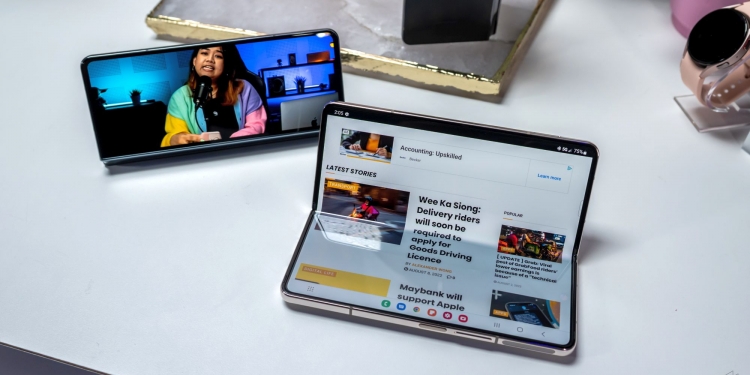[ Samsung Galaxy Z Flip / Fold 4 Promo ] Use the code SYGZF4VIP when you pre-order the Galaxy Z Flip 4 or Fold 4 on Samsung Malaysia online store to get an additional Free Super-Fast Wireless Charging Duo worth RM369. If you pre-order the Galaxy Watch 5 or Buds 2 Pro, you can use the same SYGZF4VIP code to redeem a free 15W USB-C PD Charger worth RM59.
===
Another year, another Samsung Unpacked event. The time when Samsung will launch a new device is as predictable as the moon cycle.
On the itinerary at this year’s event in New York are Samsung’s latest updates to its line of foldable devices, the Galaxy Z Fold and the Galaxy Z Flip.
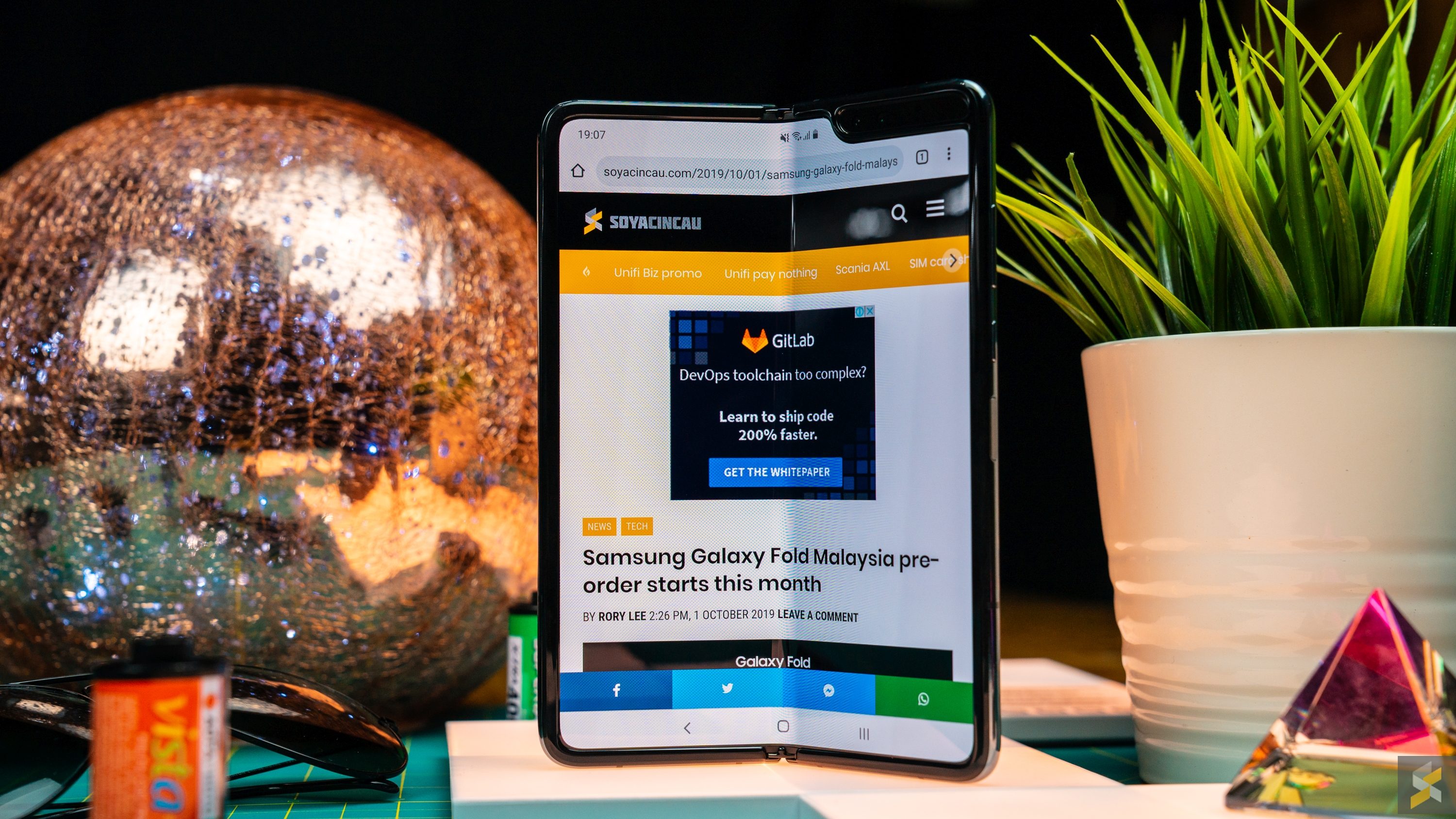
Looking back, it’s easy to forget that it was only three years ago in September 2019 when Samsung surprised the world with the first mass-market foldable device – Galaxy Fold.

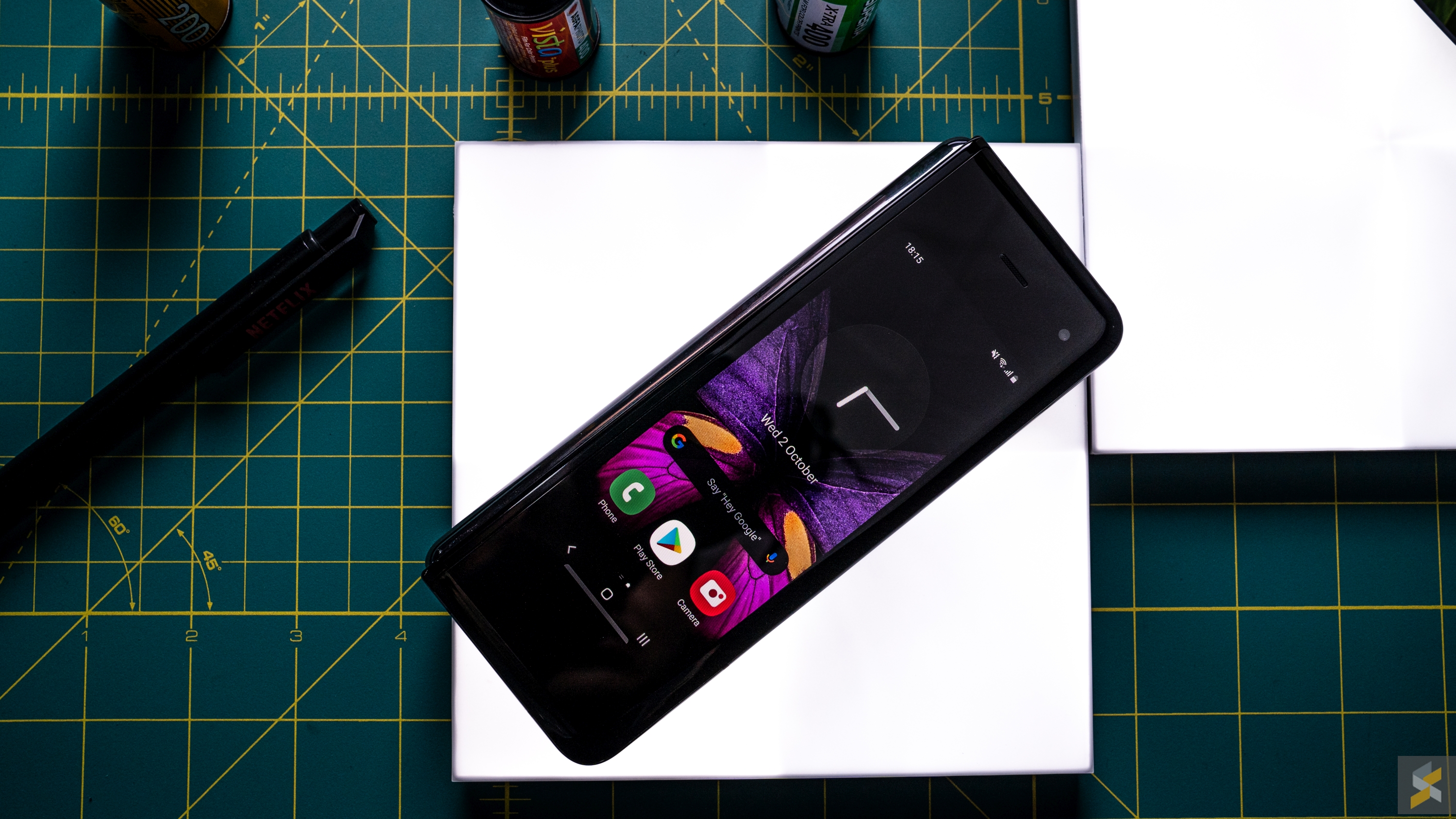
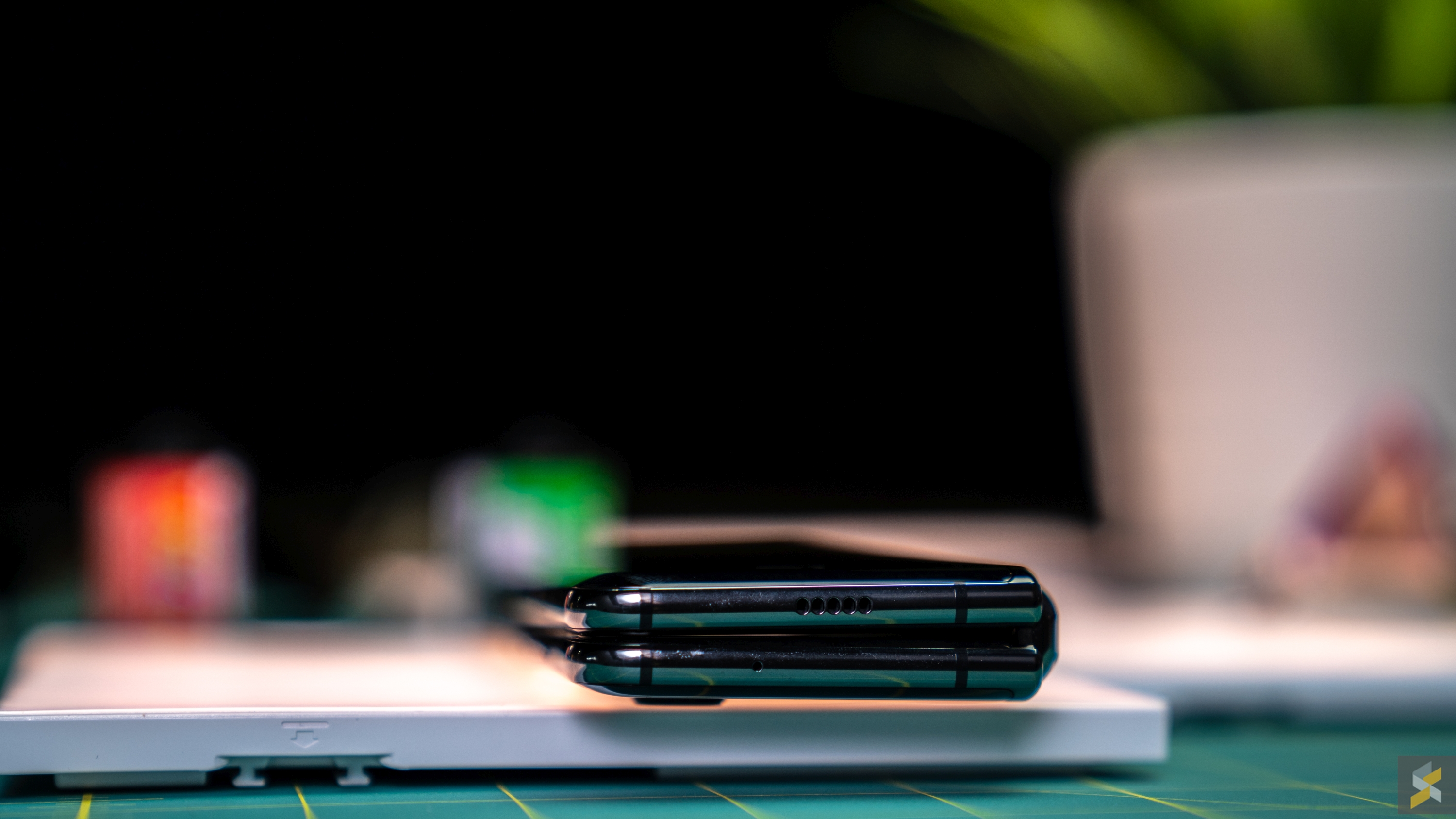

The Galaxy Fold wasn’t perfect – we all know how the story goes – but Samsung had invested too much money and time into foldable tech that it wasn’t about to back down. Instead, it doubled down and pulled out all the stops to rectify all the issues found in the original Fold. Fast forward to 2022, Samsung now practically owns the foldable devices market – deservedly so.
With the Galaxy Z Fold 4 and the Galaxy Z Flip 4, Samsung further solidify its dominance in a market that it invented.
What’s new with the Galaxy Z Fold 4
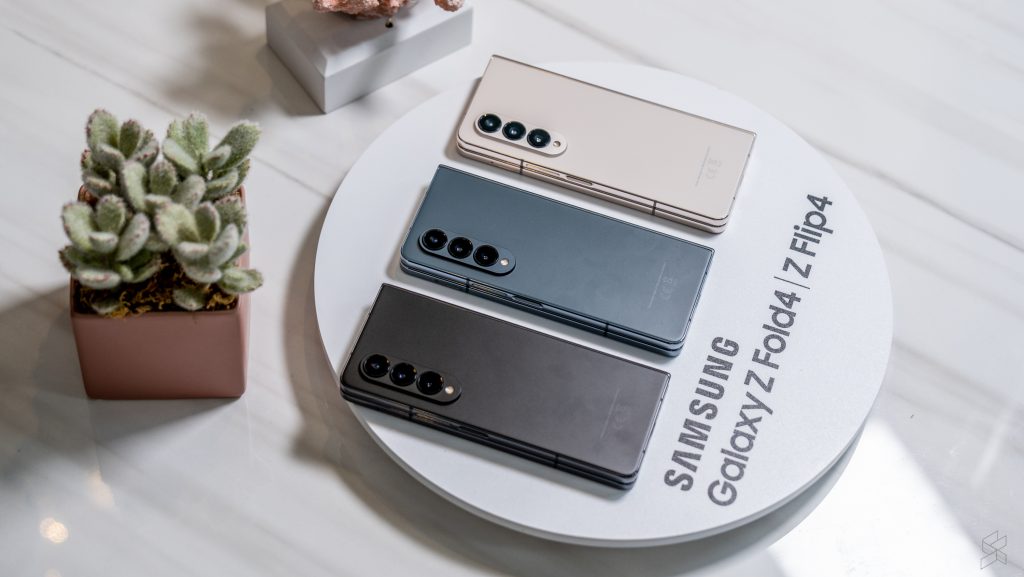
Now in its fourth iteration, Samsung sticks to the genre-defining book-style form factor for its flagship foldable device. While the Fold 4 does not bring groundbreaking improvements over the outgoing Galaxy Z Fold 3, the minor updates are noticeable. The Fold 4 feels familiar but is now more refined, more solid, and lighter.
In a nutshell, the Galaxy Z Fold 4 gets:
- Updated processor: Snapdragon 8+ Gen 1 processor (vs Snapdragon 888 in the Z Fold 3), with 12GB RAM
- Updated camera: 50MP wide, 12MP ultrawide, 10MP telephoto with 30x Space Zoom (like the Galaxy S22+)
- Updated hinge design Thinner yet it retains the same 200,000 folding cycle durability as the Galaxy Z Fold 3
- Slightly wider displays: Both the cover display and the foldable main display are about 3mm wider (2.7mm for the cover display and 3mm for the foldable main display). The overall screen size remains the same while the aspect ratio has changed slightly
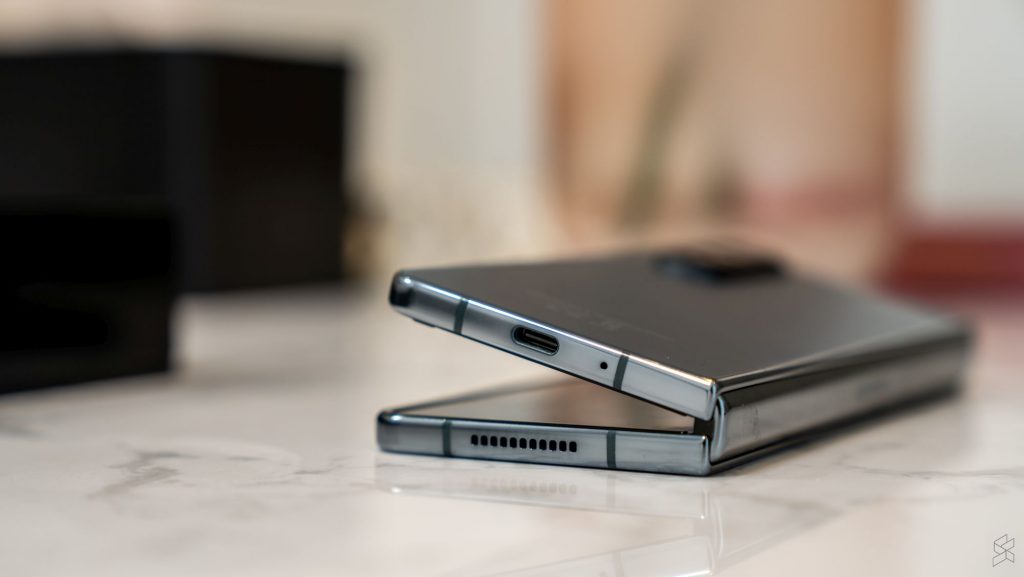
The cover display and rear glass panel use Corning’s latest Gorilla Glass Victus Plus while the foldable main display retains Samsung’s “Ultra-Thin Glass” like the Galaxy Z Fold 3
- Compatible with the current S Pen: The Galaxy Z Fold 4 uses the same S Pen as the one used with the Galaxy Z Fold 3
- New software updates: More apps now support Flex Mode natively (Netflix, WhatsApp, Teams, Google Meets, WhatsApp and Zoom). There’s Touch pad in flex mode that’s basically like a laptop trackpad and there’s a new app taskbar to make it much easier to switch apps and use multiple apps at the same time. It’s like the one you get on a laptop
- New colours: Phantom Black, Graygreen, Beige and Burgundy.
- Still tough as ever: Has the same Armour Aluminium frame construction and IP8X rating as the Galaxy Z Fold 3 which means the Z Fold 4 is waterproof and dust proof
- Battery remains the same: 4,400mAh with 25W fast wired charging and 10W wireless charging.
Thinnest and lightest Fold Yet
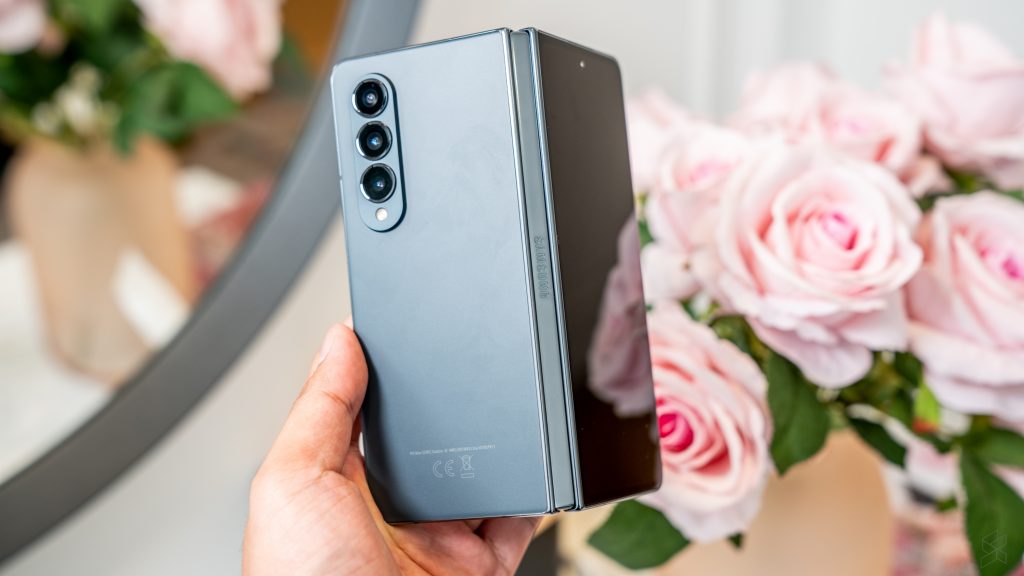
Physically, you’ll notice that the device feels more compact. Samsung has shaved millimeters off the body especially near the edges and bezels to make it easier to hold. As a result, the Fold 4 is 8 grams lighter than its predecessor (for context, a sugar sachet weighs 5 grams). In essence, this is Samsung’s thinnest and lightest Fold yet.
While the weight saving is small, the Galaxy Z Fold 4 feels noticeably lighter and more compact in my hands.
Wider displays
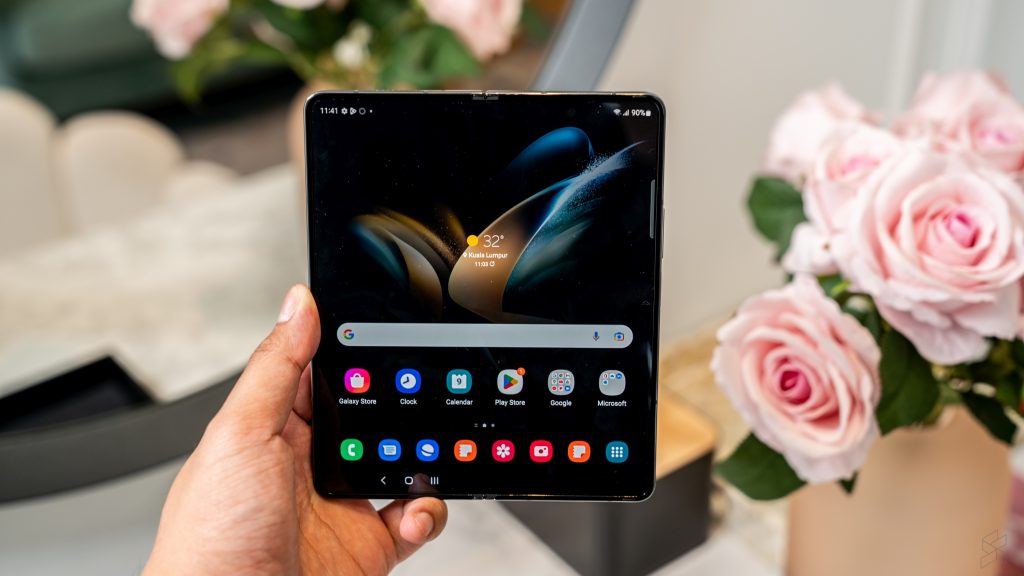
Samsung has also updated the hinge to make it thinner. This combined with the thinner bezels make room for wider displays both on the inside and outside. The cover screen is now 2.7mm wider without increasing the overall width of the device. However, the display size remains the same as the previous model at 6.2in. The cover display and the back panel glass are made from Corning’s latest Gorilla Glass Victus Plus.
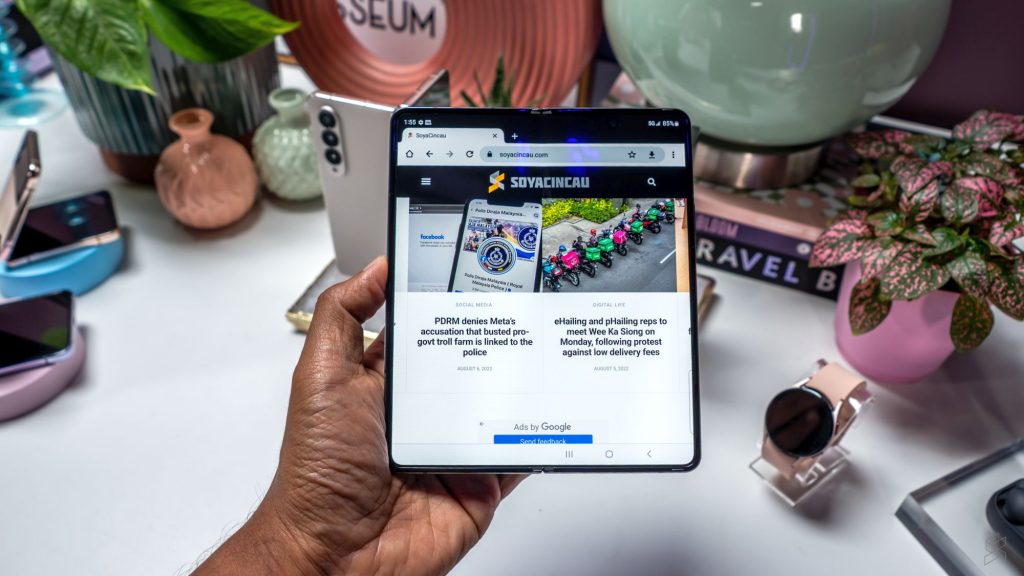
The main display is now 3mm wider too thanks again to the thinner bezels and update hinge design. It retains Samsung’s “Ultra-Thin Glass” like the Galaxy Z Fold 3. The under-display front camera that seats underneath the main display has also been updated to be less noticeable.
One of my biggest gripes with the Samsung Fold remains the non-standard aspect ratio of the cover display. Despite the increase in width, the cover screen aspect ratio remains somewhere in the region of 24:9, which is still too narrow for my liking.
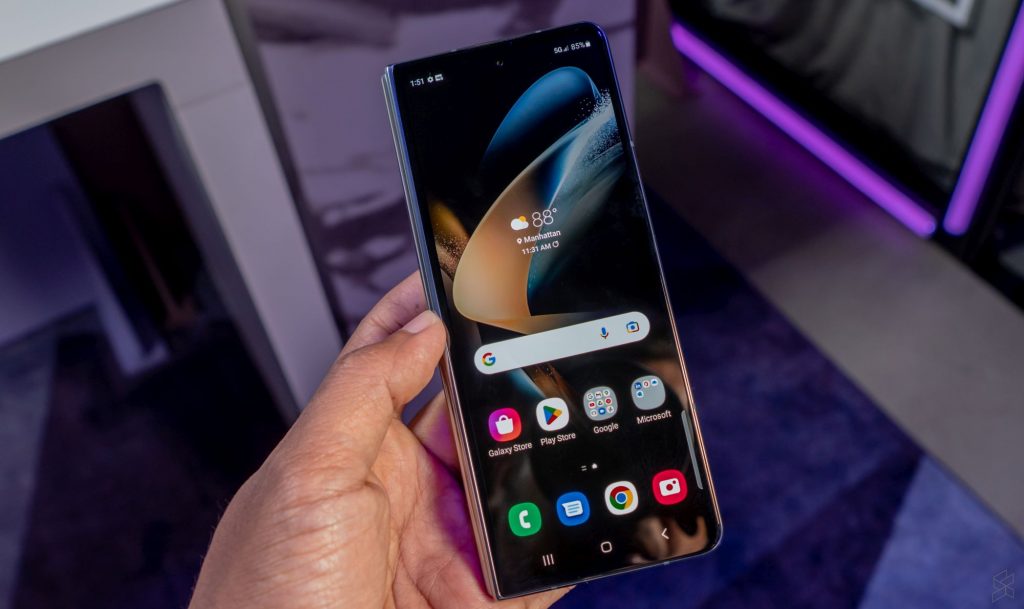
While I appreciate the wider cover display in the Z Fold 4, I would like it even more if Samsung revamped the cover screen aspect ratio entirely to emulate the 19:9 aspect ratio of a conventional smartphone display – something like what Oppo has done with the Find N.
The other issue I have is the folding display crease line. In all fairness, all foldable devices are plagued with this problem. It is a matter of physics. It’s not a Samsung-only problem and it goes without saying that Samsung has made significant improvements to reduce the crease however, being a leader in the foldable form factor means I look at Samsung to solve this problem.
Unfortunately, the Z Fold 4 doesn’t make much progress in this area and from what I can see. The crease line is present and it’s no worse than what you get with the Z Fold 3. It’s a minor gripe if I’m being honest, I use the Z Fold as my daily phone and I barely notice the crease, but it is still there and I hope Samsung is able to make the crease go away in the next Z fold.
Updates in the user experience
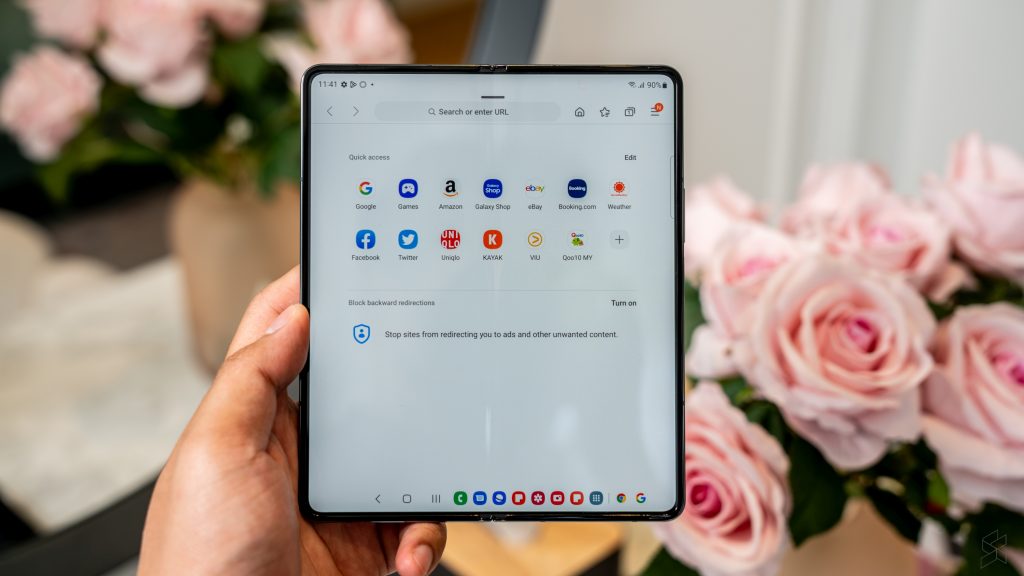
Beyond the physical updates, Samsung has also refined the OS user experience. You now get a bigger video viewing window thanks to thinner black bars. The biggest user experience updates are related to Flex mode, it now supports Netflix and now natively supports video call applications including Teams, Google Meets, WhatsApp and Zoom.
Completely new to Flex mode is the addition of a touch pad that very much operates like a laptop trackpad and a new taskbar that mimics a taskbar that you get on a laptop to make it much easier to switch apps and use multiple apps at the same time.
The Galaxy Z Fold 4 remains the foldable to beat
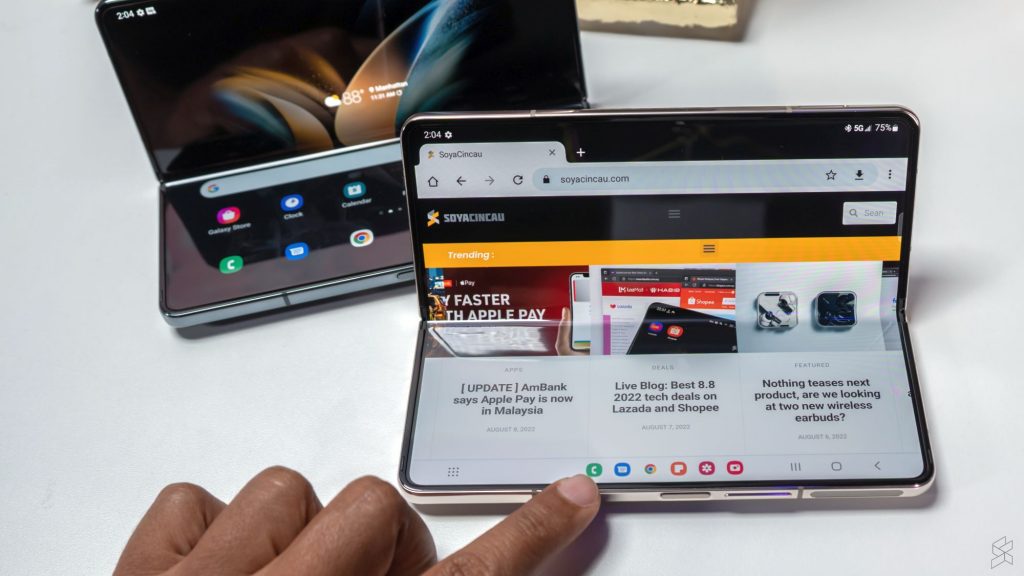
The Galaxy Z Fold 4 presents minor updates over the outgoing Z Fold 3. Honestly, this is not an issue for me. It gets a better processor, better cameras, wider displays, it is thinner and lighter than the outgoing model. In all aspects, it is an improvement over the Galaxy Z Fold 3.
The Galaxy Z Fold is still at least a generation ahead of its competitors. Within the span of just three years, Samsung has succeeded in making an experimental niche product into a desirable mainstream product. It has managed to significantly improve the form factor while at the same time reducing its price point. This is no easy feat by any stretch.
Several brands have tried to enter the market and aside from Chinese-only models from Oppo and Huawei, no other brand has been able to make a mainstream foldable device.
Galaxy Z Fold 3 owners if you’re thinking about whether the Z Fold 4 is a worthwhile update, I would say hang on and wait for the next one. The Z Fold 3 is still a powerful, capable device.
By all accounts, the Galaxy Z Fold 4 remains the best foldable device you can get right now. It is the one to beat.
In Malaysia, the Galaxy Z Fold 4 is officially priced from RM6,799 for the base 256GB storage model. Meanwhile, the higher storage 512GB model is going for RM7,299 while its highest 1TB option is going for RM8,299.
Related reading
- Samsung Galaxy Z Fold 4 and Flip 4 Malaysia: Here are the official pricing and pre-order promo
- The Samsung Galaxy Z Fold 4’s biggest upgrade isn’t the hardware—it’s Android 12L
- Samsung Galaxy Z Fold 4 & Z Flip 4 first impressions: Is that it…?
- Samsung Galaxy Z Flip 4: Smaller hinge, bigger battery, better camera

